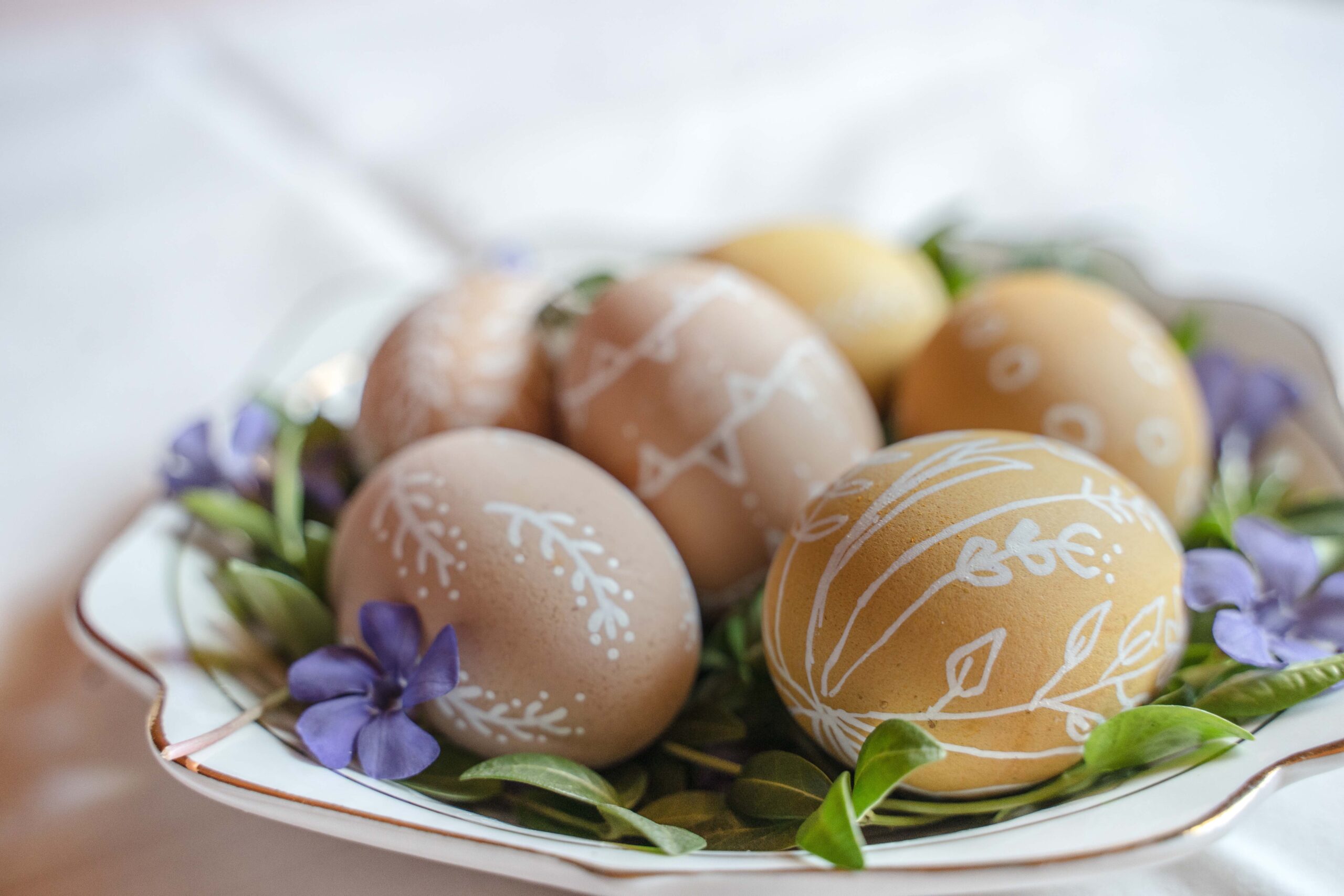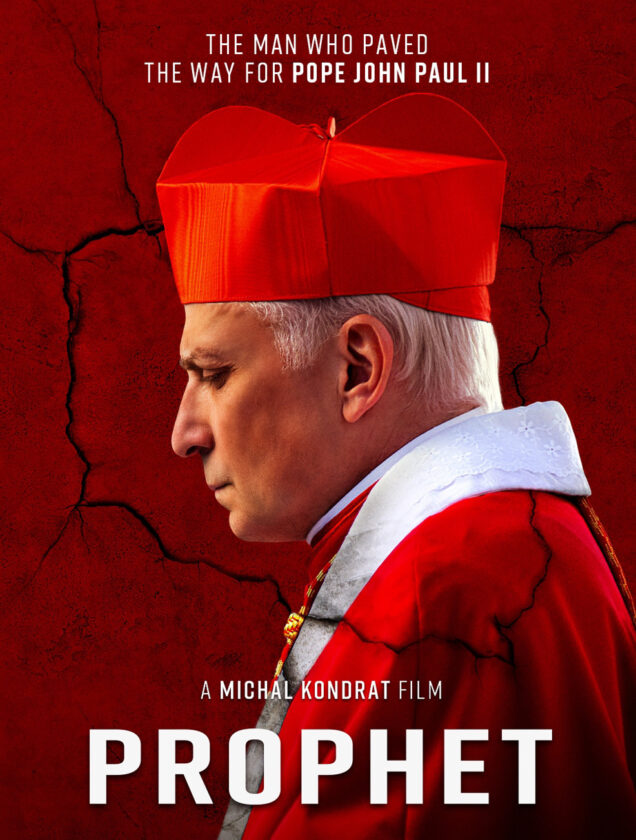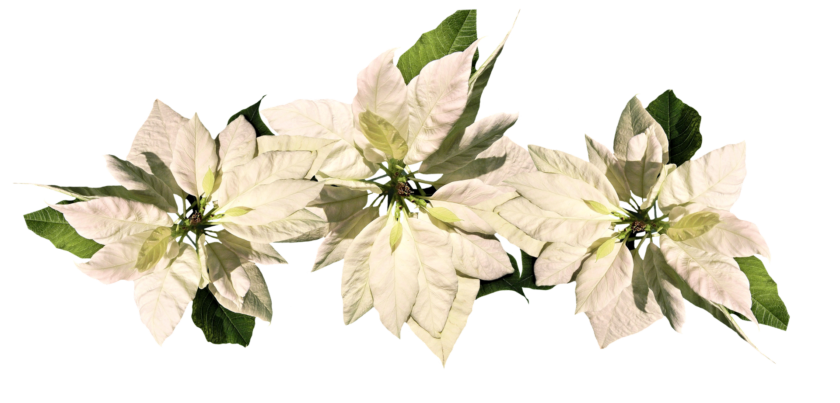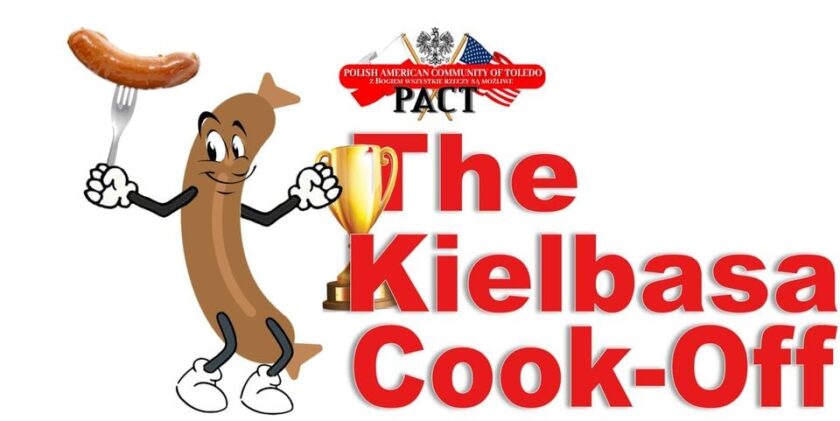Article by Tom Sorosiak
Easter is one of the two most practiced traditions by the Polish people of the Roman Catholic faith that was retained in the America’s by Polish immigrant families. I am a product of that generation and am proud to continue those most cherished traditions. I would like to share with the readers of this newsletter the memories I have growing up in the LaGrange Street neighborhood.
Holy Week was always a reminder that the end of Lenten Season was nearing. Going to mass on Palm Sunday to get my palm to take home and braid in some fashion and then placing it behind the picture of Jesus Christ on my parents living room wall was and has special meaning. Holy Thursday meant that a tub of blessed water would be in the church for parishioners to fill jars to take home, and a pile of thorns outside to place behind any holy picture in the home. Good Friday meant attending the Stations of the Cross (Gorzkie Zale; Bitter Lamentations) in the church which was done in Polish. Church services were held and Holy Saturday meant helping to prepare the Easter Basket to bring to church for the blessing of the foods (Swieconka) that would be eaten on Easter. The wicker basket was lined with a special white linen cloth and then filled with small portions of the following foods: sausage (kielbasa), ham (szynka), bread (babka/placek), herring (sledz), pierogi, salt (sol), pepper (pieprz), horse radish (chrzan), butter (maslo) in the shape of a lamb (baranek wielkanocny), colored eggs (pisanki), and a slice of the Easter Lamb cake. These foods will be eaten after normal church services on Easter Sunday. The first mass of the day is referred to as the 6 a.m. Sunrise Mass or Resurrection Mass.
Photo by Michal Balog on Unsplash




